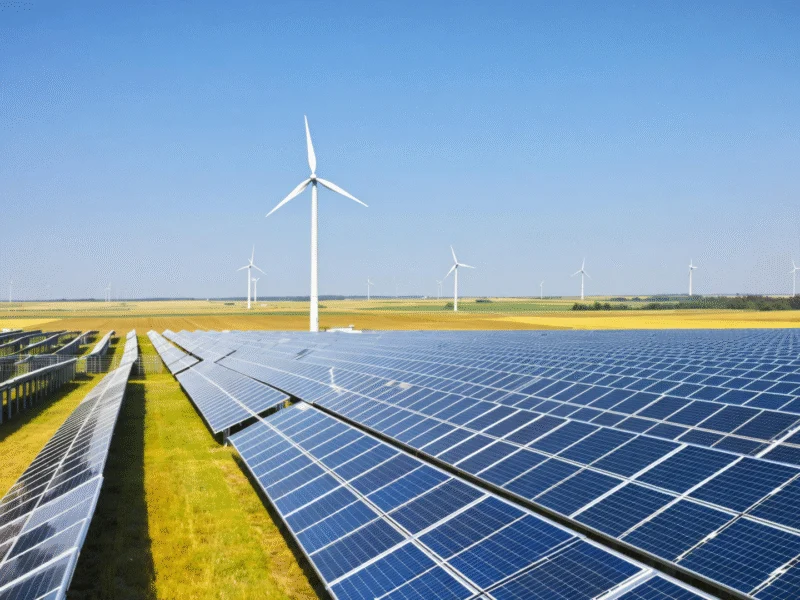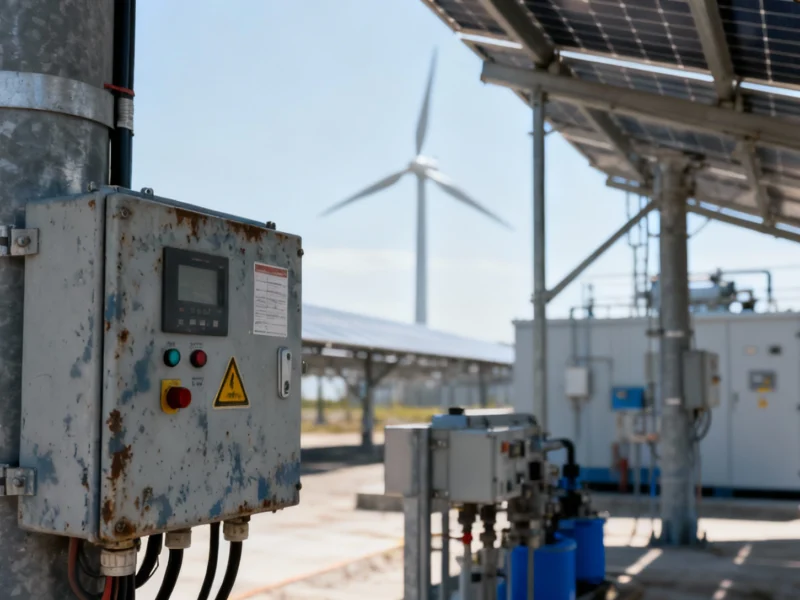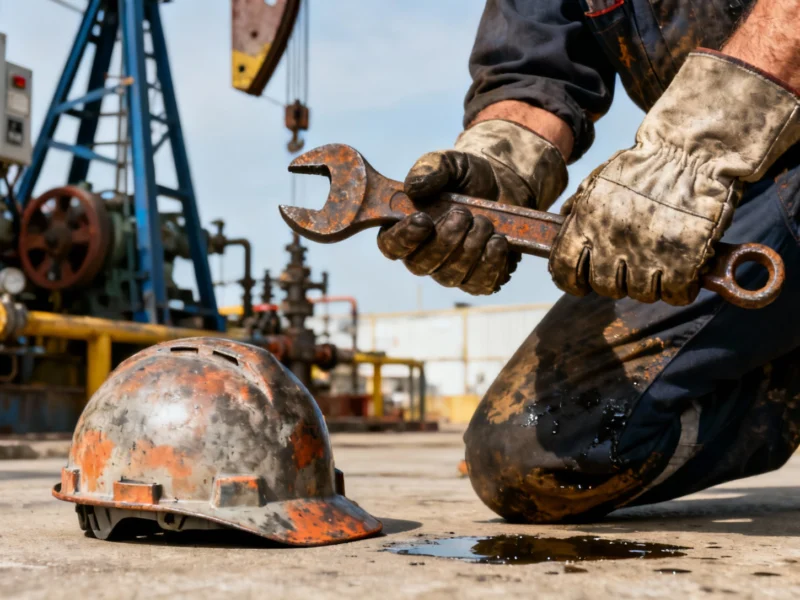The International Energy Agency’s latest decline rate report has sparked widespread discussion and misinterpretation across energy sectors, with many observers drawing premature conclusions about peak oil production and impending price spikes. According to the analysis, the amount of oil production that needs replacement annually has grown dramatically from 3.9 million barrels per day in 2010 to 5.5 million barrels per day currently. As IEA Executive Director Fatih Birol noted, this means “the industry has to run much faster just to stand still,” with oil and gas groups spending approximately $500 billion annually merely to maintain current production levels against natural field depletion.
Understanding Petroleum Reservoir Decline Rates
The fundamental concept behind the IEA’s findings relates to how petroleum reservoir production naturally decreases over time. All oil fields experience depletion, but the rate varies significantly between conventional and unconventional resources. According to recent analysis of petroleum reservoir dynamics, unconventional resources like shale oil typically exhibit much steeper decline curves, meaning they require more continuous investment to maintain output. This isn’t a new phenomenon but rather an acceleration of existing trends that energy experts have monitored for decades.
Common Misinterpretations of IEA Findings
Many industry commentators have incorrectly interpreted the report as signaling an imminent peak in global oil production or a reversal of the IEA’s Net Zero Emissions by 2050 scenario. Industry experts note that the report primarily highlights the increased investment requirements to maintain production, not an inability to grow output. The conditional nature of these findings is often overlooked by casual observers who fail to recognize that production trends depend on multiple factors beyond just decline rates, including technological advancements and investment patterns.
Data from historical peak oil discussions shows similar concerns emerged around 2008 when the IEA first began systematically analyzing production decline from existing fields. The current report represents an update to this ongoing analysis rather than a fundamental shift in understanding. Additional coverage of peak oil theory evolution demonstrates how these discussions have evolved over several decades.
Investment Requirements and Market Implications
The Financial Times analysis of oil investment trends aligns with the IEA’s emphasis on the substantial capital needed to offset production declines. Key factors influencing the market outlook include:
- Shrinking surplus capacity within OPEC+ nations
- Reduced investment in non-OPEC production projects
- Higher decline rates from unconventional resources
- Long-term energy transition uncertainties
Related analysis from EPRINC’s investment phase-out study previously noted that investment cessation assumptions often prove unrealistic, as OPEC companies typically maintain spending to protect market share. This dynamic creates a complex interplay between depletion rates, investment patterns, and global supply balances.
Historical Context of Decline Rate Concerns
Current alarm about the IEA’s findings reflects a limited historical perspective on oil depletion discussions. Industry veterans recognize that concerns about decline rates have surfaced repeatedly throughout oil industry history. As peak oil discussions for new generations highlight, each era brings fresh interpretations of depletion data.
Historical documentation from The Oil Drum archives and additional resource depletion analysis shows similar concerns emerged during previous decades, yet technological innovation and new discoveries consistently altered the production outlook. The current situation differs mainly in scale rather than fundamental nature.
OPEC’s Role in Global Production Balance
Understanding OPEC’s strategic position is crucial for interpreting the IEA’s decline rate findings. The organization’s spare production capacity represents a critical buffer against supply disruptions and steep decline rates. As energy analyst Michael Lynch previously noted, market share considerations often drive OPEC investment decisions independently of global depletion concerns.
The current market structure suggests that:
- OPEC+ maintains significant influence over global supply balances
- Investment patterns respond to both depletion rates and price signals
- Technological innovation continues to alter production economics
- Energy transition policies increasingly affect long-term investment
Accurately Interpreting Energy Market Signals
The IEA decline rate report provides valuable data about production challenges, but its implications are more nuanced than many interpretations suggest. Rather than predicting inevitable supply shortages or price spikes, the report primarily highlights the increasing resources required to maintain current production levels. This distinction matters profoundly for energy policy, investment decisions, and transition planning.
As with previous depletion discussions, the ultimate impact will depend on how multiple factors interact—including technological innovation, investment patterns, policy decisions, and demand evolution. The report serves as a reminder of the dynamic nature of energy markets rather than a definitive prediction of future constraints.



